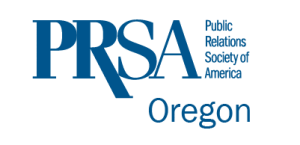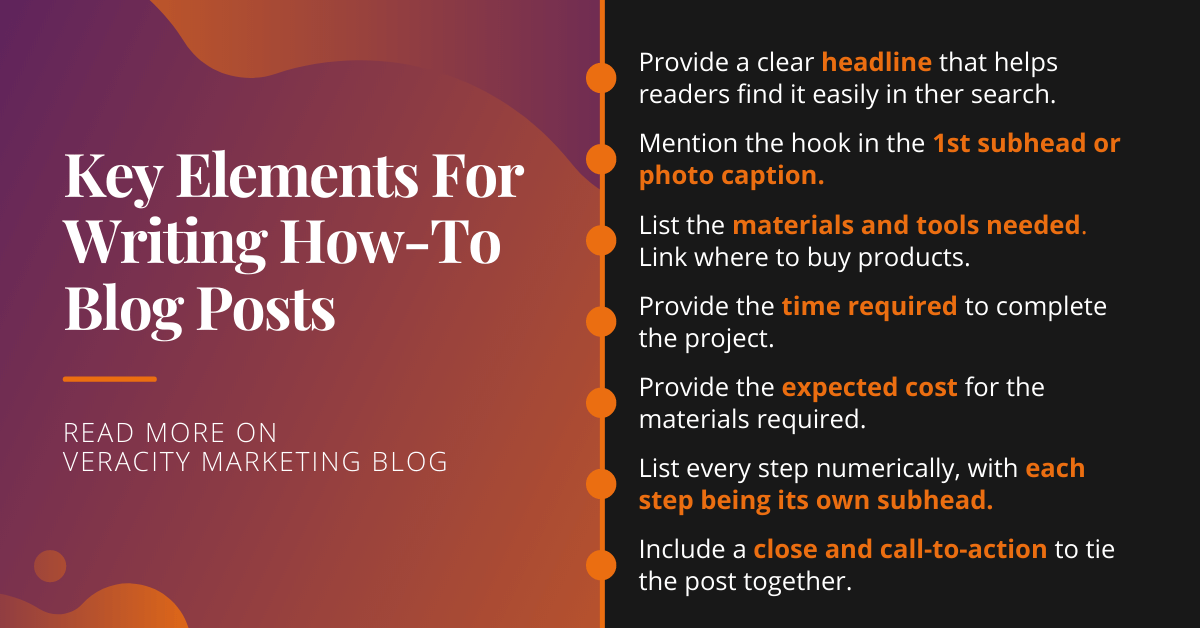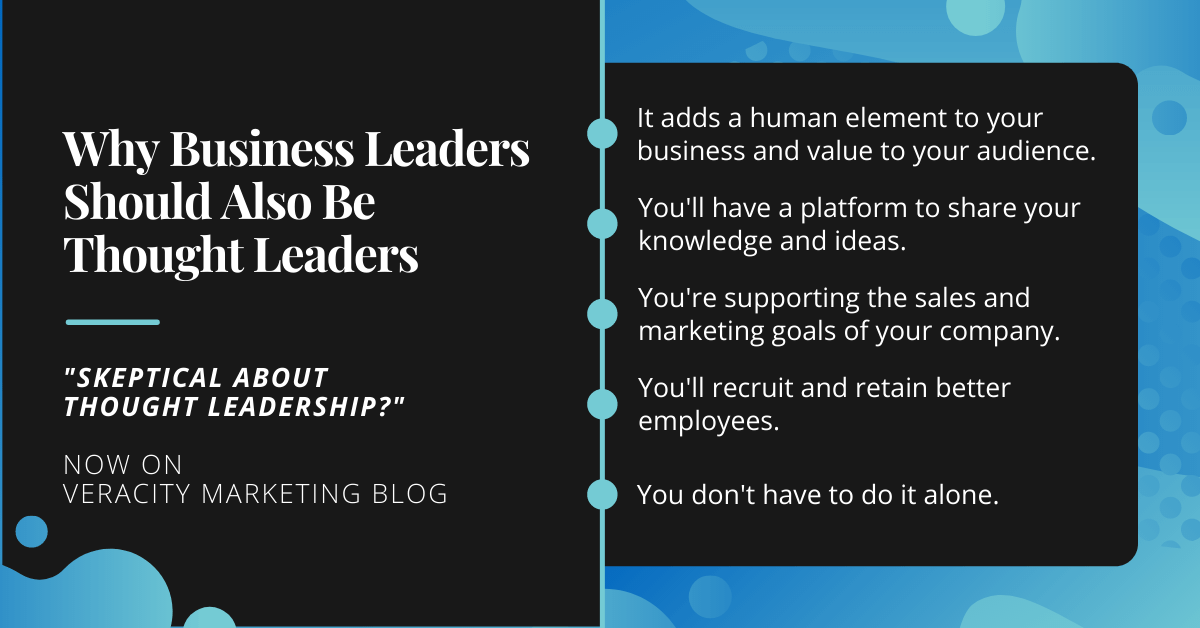Q&A with Amy Rosenberg About Her Public Relations Predictions for 2022
As December comes to an end, our minds naturally turn to all the exciting possibilities of a brand new year. In this Q&A, Amy Rosenberg, Veracity’s Founder and President, shares her thoughts about what 2022 might hold for public relations (PR) professionals.
Q: What were the year’s biggest PR stories, and how will they impact us in 2022?
Amy: The first story is one we’ve been tracking for a few years now, and it’s the continued loss of trust in the government and media. In many ways, business leaders have filled this trust vacuum, which creates a significant opportunity for PRs to work with executives in thought leadership outreach efforts.
The second significant story is the war for talent within the PR industry. Firms are going to have an increasingly difficult time finding new talent because they can’t adapt to the needs of their employees. I’ve watched many of my colleagues drop out of the workforce and start their own PR consultancies because their previous employers couldn’t give them the flexibility they needed to successfully manage their roles as a parent, spouse, and general human being.
This attitude carries over into the newer generations of workers as well who believe their lives are more important than their careers. Many legacy firms are stuck in the old model and still require their employees to follow arbitrary rules rather than trusting them to be professionals. The industry will need to adapt if they want to continue attracting new talent.
Q: What opportunities are you most excited by in 2022?
Amy: There are a few things on my radar that are really exciting. The first is highlighting mental health, diversity, equity and inclusion (DEI), and “new workforce” stories like the Great Resignation, which all highlight the importance of having leaders with high emotional IQs.
The second is exploring the return of in-person events, which present great PR opportunities. However, during the pandemic era, business leaders must also know when to cancel events because sometimes, doing nothing is the most intelligent decision. PR people can play an important role in offering that kind of advice.
I’m also excited about developing mutually beneficial partnerships with influencers in the business-to-business space. Not the overhyped kind of influencers, but people who make significant impacts within their industries.
Q: What PR activities will offer the best value next year?
Amy: Businesses can benefit from building cohesive teams that combine traditional PR with content marketing, social media, and traditional marketing. Agencies like Veracity can help groups organize their content, make it flow better within an aligned content schedule, and maximize its reach with PR opportunities.
Q: What PR activities do you hope will finally go away next year?
Amy: It may never really go away, but I hope that PRs will finally begin moving away from measuring success solely by media hits or ad equivalency. These days our work is so much more complicated than chasing coverage, and we need to start explaining our value in ways that accurately capture everything we do for our clients.
Q: What will be next year’s biggest PR trend?
Amy: I’m watching a trend of PR people moving away from media relations, which ties in with the previous question. This transition is pretty challenging because constantly chasing the next story provides a concrete workflow to follow. But at the same time, it’s almost impossible to predict if you’ll be able to land coverage at all, which means proving your value to clients is challenging under the traditional framework. I think going forward, PRs will focus on initiatives like branding within owned channels and internal comms, while earned media coverage will become an added value.
Q: What’s one PR technique most people won’t use but should?
Amy: Customization. I know it takes more time, energy and budget to customize a pitch every time you send it out, but it’s more important now than ever. The average media member receives so much junk mail that emails have to be customized, or they just won’t break through the noise.
Q: What’s the most significant opportunity in PR next year?
Amy: I think we all have a huge opportunity to treat ourselves and our employees in a kinder manner by creating boundaries with work and clients. Because making space for ourselves to live creates more opportunities to be creative and fulfilled in our work and home lives.
Q: What’s the most important skill PRs should cultivate next year?
Amy: Being more assertive with your clients while not being assertive with the press. Also, understanding that you don’t have to rely on the press to get the message out if you’re making good use of owned media channels, which is a tremendous perspective change for many PRs.
Q: What industry do you think will need PR the most this year?
Amy: What I think is most interesting is that suddenly, everybody I know is booked. It seems like businesses woke up and now understand how much they need PR. So the answer is, every industry! One by-product of this surge in PR interest is that it may create more opportunities for us to finally have a seat at the decision-making table. If more CEOs begin seeing the value of PR, it might prompt them to pull PR people into critical conversations more often.
Q: What are the biggest challenges PRs will face in the coming year?
Amy: People leaving the industry. In many ways, it’s always been this way. Firms put the clients first and rely on lots of young people to sacrifice their personal lives for the sake of the work. To make matters worse, shrinking newsrooms make it harder than ever to get coverage, which means PR teams experience fewer and fewer wins. If this doesn’t change, people will get burned out and leave for other areas of marketing, and PR firms will continue to experience a revolving door of talent.
Alternatively, firms can prioritize their employees’ experience and add new deliverables their team can feel proud of rather than simply chasing news coverage. That change creates an environment where a creative and fulfilled team accomplishes meaningful work.




![Using Thought Leadership to Drive SEO [Podcast]](https://www.veracityagency.com/wp-content/uploads/Using-Thought-Leadership-to-Drive-SEO-800x600-1.jpg)








